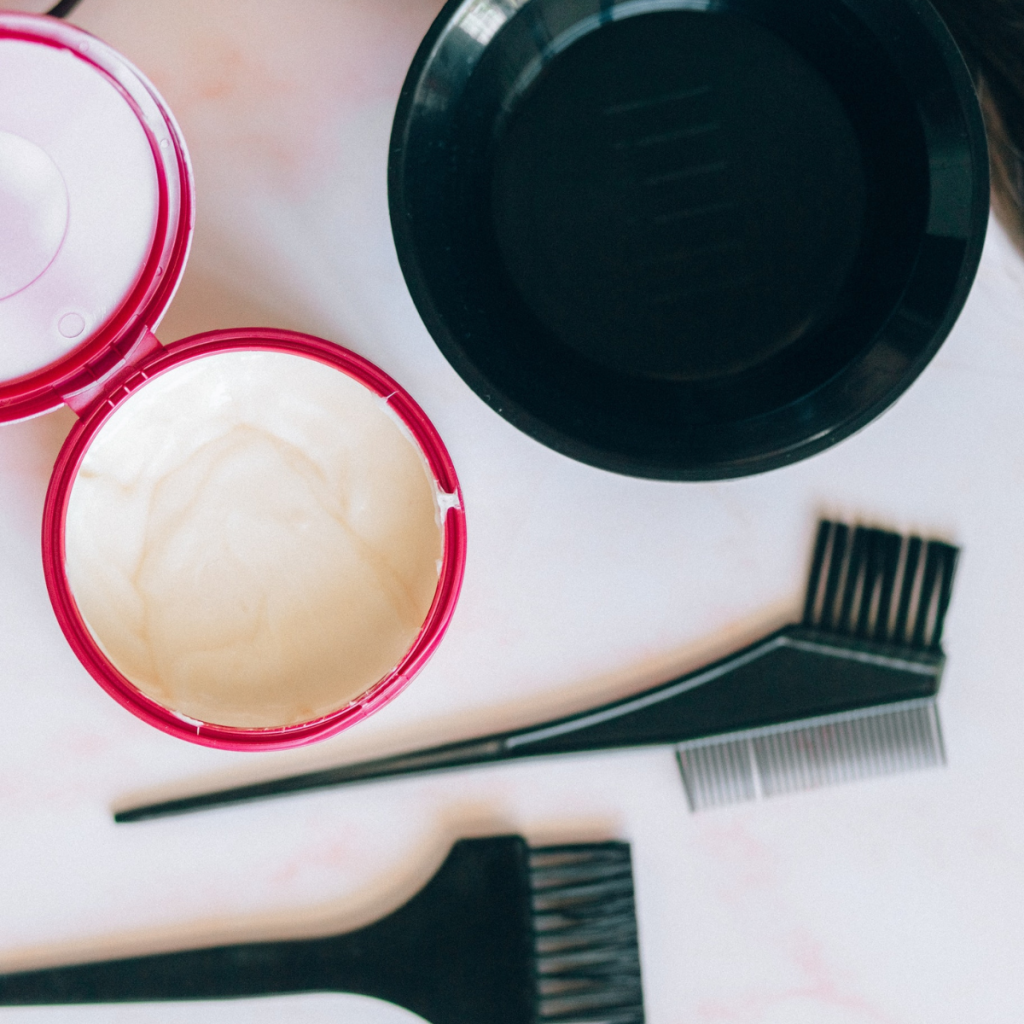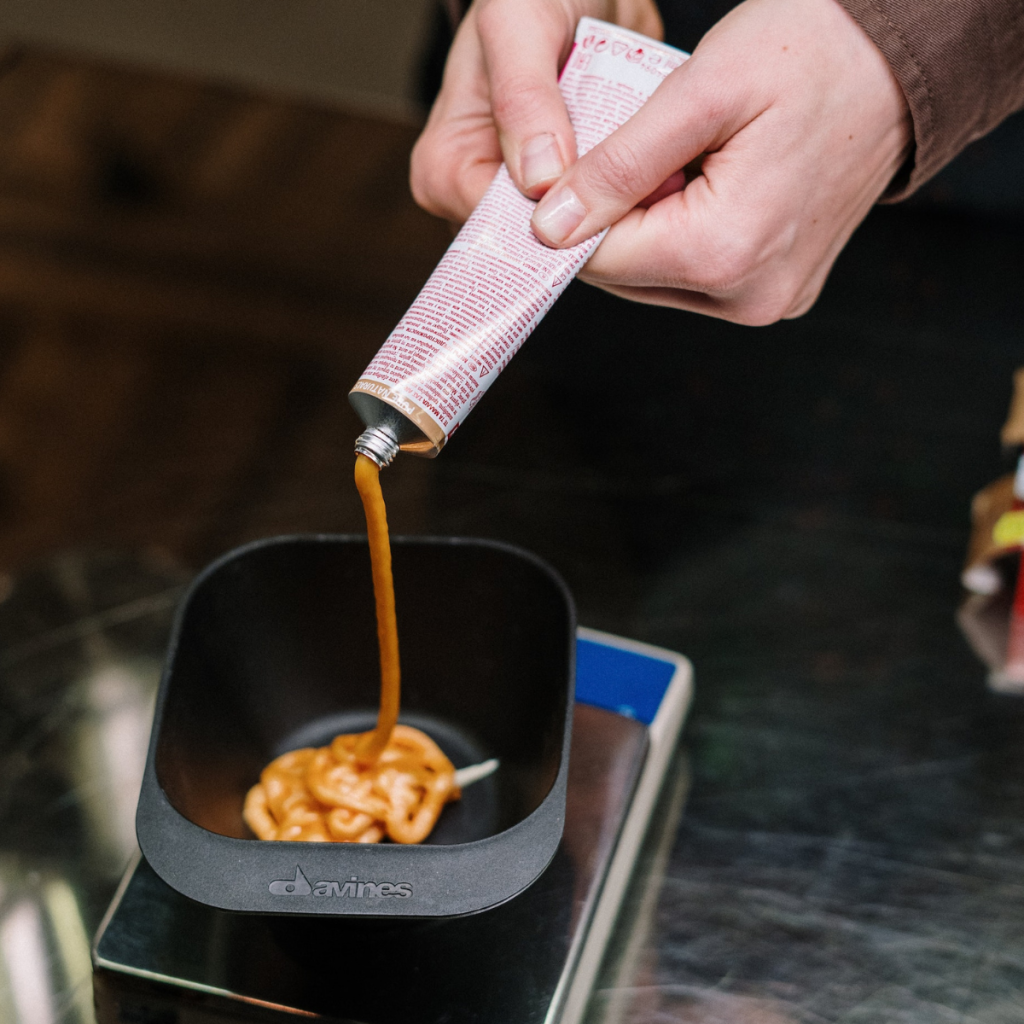Discover the essential precautions you need to know before coloring your hair at home.
What Precautions Should You Take When Coloring Hair at Home?
Are you tired of your hair color? Do you want to try something new and exciting? Coloring your hair at home can be a fun and affordable way to switch up your look. However, it’s important to take the necessary precautions to ensure a safe and successful coloring experience. In this article, we will guide you through the basics of hair coloring, discuss the risks associated with home hair coloring, and provide essential precautions to follow before you start. So, grab your favorite hair color and let’s dive in!
Understanding the Basics of Hair Coloring
What exactly is hair coloring? It’s a process of changing the color of your hair using dye or other hair coloring products. There are various types of hair dyes available in the market, each offering a unique set of benefits and results.

What is Hair Coloring?
Hair coloring is a magical transformation that allows you to express your personality and style through vibrant and eye-catching hair shades. Whether you want to go from brunette to blonde or experiment with bold and vibrant colors, hair coloring can help you achieve the look you desire. It’s like giving your hair a glamorous makeover!
Imagine walking into a room and instantly capturing everyone’s attention with your stunning hair color. With hair coloring, you have the power to turn heads and make a bold fashion statement. You can choose to enhance your natural hair color or completely change it to something completely different. The possibilities are endless!
Not only does hair coloring help you express your individuality, but it also allows you to keep up with the latest trends. From the ever-popular balayage to the edgy unicorn hair, there’s always a new hair color trend to try. With the right hair dye, you can easily transform your look and stay ahead of the fashion game.
Different Types of Hair Dyes
When it comes to hair dyes, the options are endless. From temporary hair color sprays to permanent hair dyes, you can find a wide range of products to suit your preferences. Temporary dyes are perfect for those who want to try out a new color for a special occasion or experiment with different shades without long-term commitment. These dyes can easily be washed out, allowing you to switch up your hair color as often as you like.
On the other hand, permanent dyes offer lasting color that can transform your entire look. These dyes penetrate the hair shaft and provide a more permanent change in hair color. Whether you want to cover up gray hairs or completely change your hair color, permanent dyes are a popular choice. They offer vibrant and long-lasting color that can withstand multiple washes and styling sessions.
For those who prefer a more natural approach, there are also semi-permanent dyes available. These dyes gradually fade over time, giving you a more subtle change in hair color. They are a great option for those who want to experiment with different shades without committing to a permanent change.
No matter which type of hair dye you choose, it’s important to consider factors such as your natural hair color, skin tone, and desired result. Consulting with a professional hairstylist can help you determine the best hair dye for your specific needs and ensure that you achieve the desired outcome.
Risks Associated with Home Hair Coloring
While home hair coloring can be exciting, it’s crucial to be aware of the potential risks involved. By understanding these risks, you can take necessary precautions and avoid any mishaps.
When it comes to home hair coloring, there are several factors that can contribute to less-than-desirable results. One common mistake is improper color selection. Choosing a shade that doesn’t complement your skin tone or natural hair color can lead to an unflattering outcome. It’s essential to consider factors such as your skin undertones and the level of contrast you desire before settling on a hair dye.
Another common mistake in home hair coloring is improper application technique. Applying the hair dye unevenly can result in patchy color or streaks, giving an unprofessional appearance. It’s crucial to follow the instructions carefully and ensure that the dye is applied evenly from root to tip.
Furthermore, the duration of leaving the hair dye on can also affect the final result. Leaving it on for too long can lead to over-processing, causing damage to the hair and resulting in a dry and brittle texture. On the other hand, rinsing it off too soon may result in a color that is not as vibrant or long-lasting as desired.
Potential Health Risks
It’s important to note that some hair dyes contain harsh chemicals that can cause skin irritation, allergic reactions, or hair damage if not used properly. These chemicals, such as ammonia and peroxide, are often found in permanent hair dyes and can be particularly harmful if you have sensitive skin or pre-existing allergies.
To minimize these risks, it’s crucial to follow safety guidelines and take necessary precautions before coloring your hair. Conduct a patch test on a small area of your skin to check for any adverse reactions or allergies. This step is especially important if you’re trying a new brand or color for the first time.
Additionally, it’s recommended to use gloves while applying the hair dye to protect your hands from direct contact with the chemicals. Avoid getting the dye on your scalp or in your eyes, as this can cause irritation or burning sensations. If any discomfort or adverse reactions occur during the coloring process, it’s essential to rinse off the dye immediately and seek medical advice if necessary.
Overall, while home hair coloring can be a convenient and cost-effective option, it’s crucial to be aware of the potential risks involved. By educating yourself on proper techniques, selecting the right color, and following safety guidelines, you can minimize these risks and achieve beautiful results that you’ll be proud of.
Essential Precautions Before You Start
Before you embark on your hair coloring adventure, there are a few essential precautions you should take to ensure a smooth and safe process.
Ensuring the safety and success of your hair coloring experience requires careful attention to detail and thorough preparation. By following these precautions, you can minimize the risk of adverse reactions and achieve the desired results.
Allergy Test: Why and How?
Allergic reactions to hair dyes can range from mild irritation to severe discomfort. To avoid such reactions, it’s important to perform an allergy test before applying the hair color all over your head. Simply apply a small amount of dye behind your ear or on your inner arm and wait for 24-48 hours to see if any adverse reactions occur.
During the allergy test, it’s crucial to closely monitor your skin for any signs of redness, itching, swelling, or irritation. These symptoms may indicate an allergic reaction, and if they occur, it’s best to refrain from coloring your hair until you consult with a dermatologist or a professional hair colorist.
Remember, everyone’s skin reacts differently to hair dyes, so even if you’ve used a particular brand or shade before without any issues, it’s still essential to conduct an allergy test every time you try a new product or color.
Choosing the Right Hair Color for Your Skin Tone
Choosing the right hair color is crucial to ensure that it complements your skin tone and enhances your overall appearance. Take some time to research and consult with a hair color expert if needed, to determine the most suitable shade for you. After all, you want your new hair color to make you look and feel fabulous!
When it comes to selecting a hair color, it’s essential to consider your skin undertone. Whether you have warm, cool, or neutral undertones can greatly impact how certain hair colors will look on you.
If you have warm undertones, shades like golden blonde, copper, or caramel may suit you best. These colors tend to bring out the warmth in your complexion and create a harmonious balance.
Cool undertones, on the other hand, can be complemented by hair colors with ashy or cool tones, such as platinum blonde, ash brown, or burgundy. These colors can help enhance the coolness of your skin and create a striking contrast.
For those with neutral undertones, the options are vast. You can experiment with both warm and cool tones, allowing you to explore a wide range of hair colors, from chocolate brown to honey blonde.
Keep in mind that the lighting conditions and your personal style preferences can also influence the final outcome. It’s always a good idea to bring pictures of hair colors you like to your consultation with a professional, as they can provide valuable insights and suggestions based on their expertise.
Step-by-Step Guide to Safe Hair Coloring at Home
Now that you have taken all the necessary precautions, it’s time to embark on your home hair coloring journey. Follow this step-by-step guide to achieve beautiful and vibrant hair color.

Preparing Your Hair and Scalp
Before applying the hair color, it’s important to prep your hair and scalp. Start by washing your hair thoroughly to remove any product build-up or oils. Then, carefully read the instructions on the hair color packaging to determine if any additional preparation steps are required.
Applying the Hair Color Safely
Once your hair is prepped and ready, it’s time to apply the hair color. Follow the instructions provided with the hair color kit, making sure to apply it evenly from roots to ends. Be cautious to avoid getting the dye onto your skin or clothes.
Post-Coloring Care and Maintenance
After you have achieved the desired color, it’s important to take proper care of your colored hair to maintain its vibrancy and health. Invest in color-safe shampoos and conditioners and avoid using hot tools too frequently as they can cause damage and color fading. Additionally, consider scheduling regular touch-ups to keep your color looking fresh.
Tips for Long-Lasting and Healthy Hair Color
If you want your newly colored hair to last longer and stay healthy, here are some tips to keep in mind:
Products to Use and Avoid for Colored Hair
Using hair care products specifically formulated for colored hair can help maintain the vibrancy and longevity of your color. Look for shampoos and conditioners that are sulfate-free and enriched with ingredients that nourish and protect your hair.
Routine Hair Care for Colored Hair
Proper hair care is essential for maintaining the health and color of your hair. Protect your hair from excessive sun exposure by wearing a hat or using products with UV filters. Additionally, avoid swimming in chlorinated water without wearing a swim cap as chlorine can strip off color.
So, before you dive into the world of home hair coloring, make sure to take these precautions to have a safe and enjoyable experience. Remember, hair coloring is not just about changing your appearance; it’s about embracing your individuality and expressing yourself with confidence. So, unleash your creativity and get ready to rock your new hair color!





